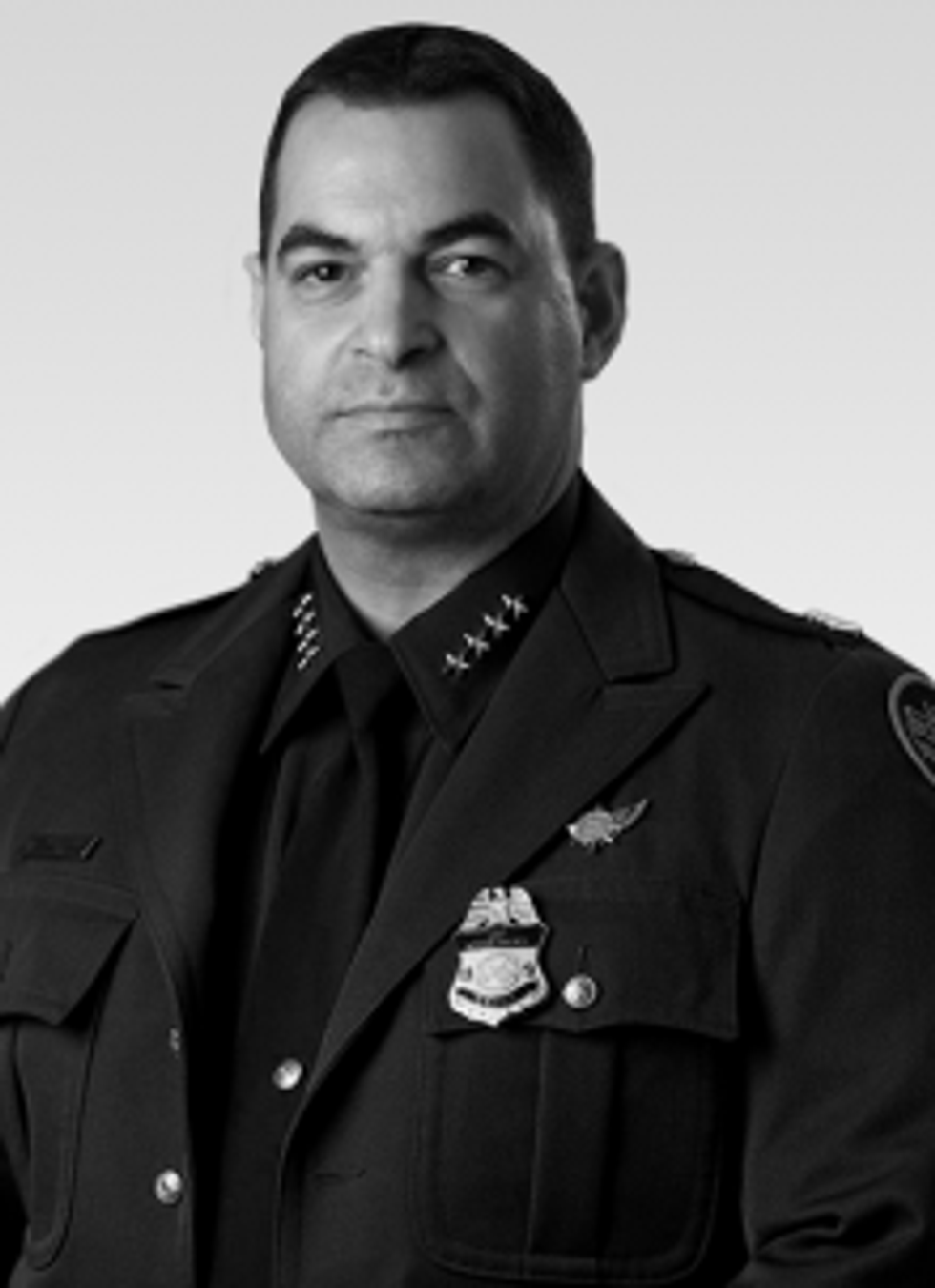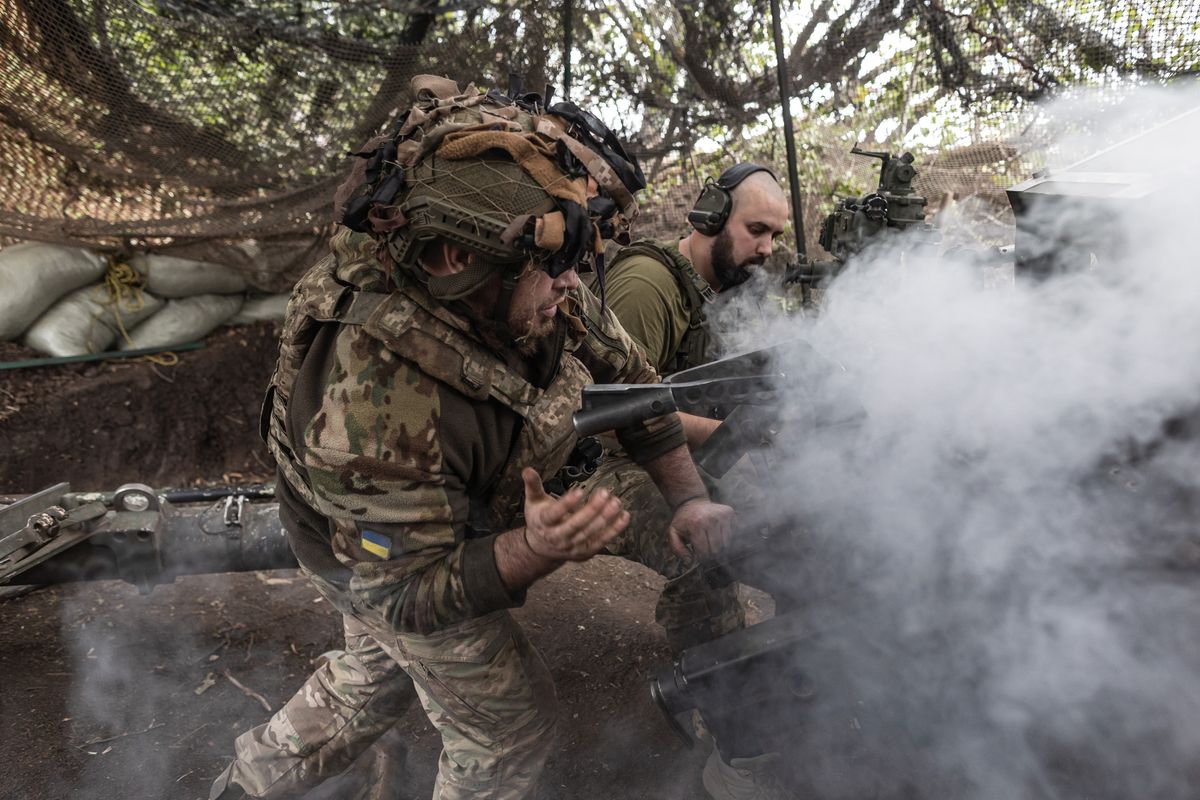Nine American women and children were killed by suspected drug cartel members in an attack in northern Mexico earlier this month, refocusing attention on the country’s long-standing drug and corruption issues. While hundreds of Mexicans die each year as the result of drug violence, this particular attack gained enormous attention in the U.S., because of the longstanding presence of American Mormons in the region and the senseless brutality of the killings.
The murders were initially thought to be the product of a territorial dispute between the rival Sinaloa and Juarez drug cartels. The two groups have for years, battled for control of drug routes that cut through the northern part of the country, predominantly to move heroin, cocaine and other narcotics into the U.S.
The attack happened within days of a botched operation to arrest the son of Sinaloa cartel leader Joaquin ‘El Chapo” Guzman. Members of the drug cartel opened fire on the streets of Culiacan in an effort to disrupt the incarceration of Ovidio Guzman, whom the government was able to detain, but then decided to release in order to avoid further violence. A retired General criticized the government’s decision, exposing a divide between the country’s military and government over anti-drug strategy.
Background:
- The U.S. Drug Enforcement Agency developed a strategy in the 1990s dubbed the “Kingpin Strategy” that targeted cartel leaders. The strategy came with billions of dollars in U.S. aid attached. The strategy had been successfully used against the Cali and Medellin cartels in Colombia.
- In 2006, then-Mexican President Felipe Calderon adopted the strategy in Mexico and the “Kingpin Strategy” informed many of the decisions regarding targeting by law enforcement.
- Adoption of the strategy was soon met with an unplanned for spike in violence, as competing cartels took advantage of the leadership vacuum and employed even more brutal methods to increase their own power in the country.
- In December 2008, the U.S. and Mexico formally launched the Merida Initiative, sharing responsibilities to counter drug violence on both sides of the border. The initiative was based on four key pillars: disrupting capacity of organized crime to operate; Institutionalizing capacity to sustain rule of law; creating a 21st century border structure and building stronger and more resilient communities.
- Current Mexican President Andres Manuel Lopez Obrador took office on December 1, 2018 on a platform of “Abrazos, no balazos” meaning ‘Hugs, not Bullets”. His plan focused on the eradication of poverty, thereby denying fertile recruiting ground for the cartels.
- During the first 12 months of Felipe Calderon's presidency, more than 18,000 killings were recorded. In 2012, the first year of Enrique Pena Nieto’s administration, there were slightly more than 10,000 homicides recorded. During the first 11 months of the Lopez Obrador presidency, the number has risen to 33,000.
The Question: Is there a Strategy That Could Effectively Address Mexico’s Drug and Corruption Problem?
President Trump, after news of the killings of the nine American women and children, tweeted, “This is the time for Mexico, with the help of the United States, to wage WAR on the drug cartels and wipe them off the face of the earth. We merely await a call from your great new president!” Obrador declined the offer. But it raises the obvious, which is that the current plan and those that came before it, aren’t working.
In a recent Cipher Brief conversation with Republican Congressman William Hurd, who represents a Texas district with significant border exposure, he suggested that the U.S. consider Making the Border a National Intelligence Priority, with the Congressman asking whether the U.S. can design a Marshall Plan for the most troublesome part of Central America that feeds many of the issues Mexico is facing.
But might we need a new strategy that requires an Iraq-style ‘surge’ to make an impact on the broader problem? Could that be the tactical strategy that’s needed while the domestic strategy focuses on fixing the country’s judicial process and weeding out corrupt leaders at every level of government?
The Cipher Brief spoke with three experts in order to get a wide range of views on the issue, based on decades of collective experience.
Mike Vigil is the former Chief of International Operations for the Drug Enforcement Administration. He is one of the most highly decorated agents within the agency and was responsible for numerous multi-national operations, the largest involved 36 countries.
Michael J. Fisher is the former Chief of the U.S. Border Patrol and a member of the Senior Executive Service. He was responsible for planning, organizing, coordinating, and directing enforcement efforts designed to secure the Nation’s borders.
And Rowdy Adams is a former Senior Executive Service member in DHS, CBP Office of Border Patrol specializing in border security operations.
Based on your experience, what is your overall reaction to the current security situation in Mexico?
"The current security situation in Mexico can only be described as a cancerous criminal threat that is highly insidious in nature," says Vigil. The cartels have gotten stronger and more powerful in recent years. In my opinion, they have now become a powerful parallel government within the country."
Michael Vigil, Former Chief of International Operations, DEA
"The flawed counter-drug policies beginning in 2006 with the Kingpin strategy, under former president Felipe Calderon, created a shocking wave of violence throughout Mexico. Under his and his successor, Enrique Pena Nieto’s administration, 31 of 37 drug capos were either killed or captured."
"Initially, it was seen as a great success until the cartels fragmented into several other organizations, which waged war against each other for territory and power, thereby increasing the level of violence," says Vigil.
"Security on the Mexican side of the border has been tenuous for some time," says Adams. "As the criminal element (cartels, transnational criminal organizations) has been shifting and morphing, it has been difficult for Mexico to understand what these shifts mean and how to attack the organizations."
Rowdy Adams, Former Senior Member, DHS Office of Border Patrol
"There was a time when tourist locations were immune from inter organizational rivalries, sort of an unspoken rule. But that has not been the case in recent years as the organizations have become more brazen and violent."
"Mexico has demonstrated the ability to address individual incidents but has yet to show a long term, consistent approach to stability by dismantling the organizations in an effective manner. This is a very similar situation to what Colombia went through in the 80’s and 90’s," says Adams.
What is Mexico’s current national security strategy/force structure and how has recent geopolitical events with the U.S. impacted Mexico’s security strategy as it relates to drug traffickers?
"While campaigning for the presidency, Lopez Obrador indicated that he was going to put the military back in the barracks where they belonged and would not use them to combat the drug cartels," says Vigil. "After being elected president by a landslide vote, he created a National Guard force, which began operations in June 2019. According to Lopez Obrador, this entity would initially consist of 70,000 officers from the army police, naval police, and the federal police. The National Guard is under military control and reports to Alfonso Durazo, the Minister of Security. Its designated objectives are to combat crime throughout the country and maintain public security. Many have expressed concern that past deployments by the military have led to significant human rights violations."
"When you look at timing, the government of Mexico was pressured somewhat to use their National Guard forces to augment the military to help address the violence in some areas," says Fisher. "15,000 military were sent to the U.S. – Mexico border in June. An additional 2,000 members of the guard were sent to Mexico's southern border with Guatemala, adding to the 4,500 troops already spread across the area."
Michael Fisher, Former Chief, U.S. Border Patrol
"In order to stem the migrant flow a lot of those forces that would otherwise be working towards reducing violence in some of those areas were re-missioned and put in other areas, and perhaps the cartels saw a window of opportunity where the Mexican forces were spread so thin - and really working toward the reduction and flow of migrants - that they had an opportunity to expand their areas of influence and increase violence to gain some more territorial advantages."
What, if anything can Mexico do to stem the rise in violence and its degrading security situation?
"Mexico is going to have to decide whether it will be a country with a rule of law, and enforce those laws, and prosecute those offenders," says Fisher. "The current level of prosecution for violent crimes in Mexico is in the single digit range. When you start with that, then it's not too hard to figure out that if there are no consequences for the level of violence and if you apprehend a known felon, a cartel member, and you don't enforce the law, and you release them within hours it's an ineffective process. I’d like to see Mexico with a no kidding prosecution process and a force that is going to be able to enforce the rule of law and then they have to continue to work with the United States in extraditing people to the U.S. Often times, what you see is that's the last thing these cartel members want, because they have such an accommodation in Mexico that if a consequence for continuing to operate as a cartel member in a violent way is extradition to the United States to face charges, that will have an impact, too."
"Mexico must continue to attack the organizations and dismantle them," says Adams. "Mexico also needs to do better at ferreting out corruption internal to the law enforcement and military organizations that are responsible for ensuring Mexican Security."
Some have called for increased U.S. involvement in Mexico, including the use of national intelligence capabilities. Should the U.S. get more involved in stabilizing security, and targeting and neutralizing threats facing Mexico and the southern U.S.? If so, what would that involvement look like?
Rowdy Adams, Former Senior Member, DHS, CBP Office of Border Patrol
"The U.S. already has significant involvement with information sharing and providing support from a law enforcement standpoint on an 'as needed’ basis, but within the confines of legal assistance (military vs civilian). I don’t think U.S. military intervention is a prudent action because Mexico must be responsible for the long-term sustainment of security across Mexico, not the U.S."
Michael Vigil, Former Chief of International Operations, DEA
"The U.S. should get more involved in working with Mexico in developing programs to address violence and the expansionist nature of organized crime. There are many options, but some of the most important include the increase of intelligence sharing that will assist Mexico to use its resources more effectively and target criminal networks with greater efficiency."
"We could probably continue to do more, whether it's through intelligence, or targeting efforts but at the end of the day, if Mexico is unwilling or unable to have a solid jurisprudence, or have a process, by which they are going to hold, detain, and prosecute, and then incarcerate individuals then all of those intelligence efforts, I don't think will really be worth anything," says Fisher. "That's just what it comes down to, there must be consequences for those actions, and Mexico owns that because they are a sovereign country. Their citizens are suffering because of it."
How do you assess the current demand for illegal narcotics in the U.S., and its effect on the situation in Mexico?
"U.S. demand for illegal drugs is at the heart of Mexico’s violence problem," says Vigil. "One of the current reasons for the rise in violence in Mexico is the escalating use of heroin and the increase of opium cultivation. This is caused by the insatiable desire for opioids in the U.S."
"The demand for narcotics in the U.S. hasn’t changed appreciably in many years, there will always be someone willing to buy/use drugs, much like prohibition in the 20’s," says Adams. "That statement may seem like I am trivializing the impact of U.S. drug use on the drug trade, but I am not. I believe that Mexico’s location - sharing a border with the U.S. - impacts the situation in Mexico far more than demand. A 2000-mile border that is sparsely patrolled, a large number of Ports of Entry across that land border, the amount of cargo coming north through Mexico, and the inability to effectively dismantle smuggling organizations has far more to do with the current situation in my opinion."
"We’re seeing levels of cocaine starting to come back up, and for a while that was down, and then you mix it with fentanyl, and the numbers of overdoses that we have here in the U.S.," says Fisher. "We have tried over the decades to prosecute or use law enforcement to stop that, but just using a single line of effort, in my estimation, is really short lived."
Michael Fisher, Former Chief, U.S. Border Patrol
"This used to be talked about much more in the U.S. We had commercials about it. You don't see much of that anymore, just congressional hearings where they talk about the spikes. They talk about the levels of meth use, or fentanyl overdoses, every now and then, and then it's like, okay, what's the next subject? It doesn't seem like there's a real sustained awareness of the problem and until that happens, I don't think we can move the discussion into ‘What do we do about it?’"
Moving Ahead: A multi-pronged anti-corruption, anti-drug strategy is required, that includes more focused U.S. involvement to address the violence issue as well as Mexico’s willingness to extradite cartel leaders. Mexico must also focus on weeding out and rebuilding a judicial and incarceration system that are effective tools of deterrence for cartel members. History suggests that any tactical surge against the cartels without aligned efforts to address poverty will likely serve to make the situation worse.
Go deeper with the experts, Read Mexico’s Internal War: 5 Questions for Michael Vigil only in The Cipher Brief
Read also Making the Border a National Intelligence Priority with Congressman William Hurd only in The Cipher Brief
















